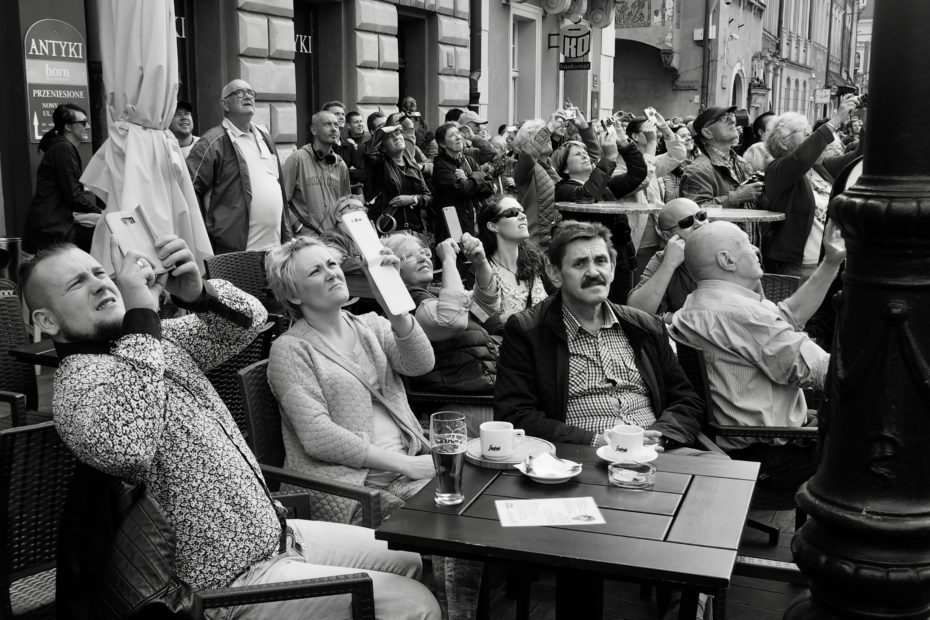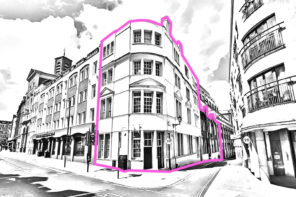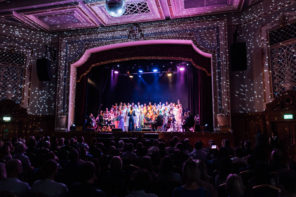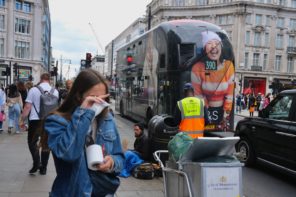We chatted with Photography tutor, Richard Morgan on his love for creative outlets and how they influence his work and teaching.
As a photography tutor for City Academy, I mainly teach courses in Wildlife and Street Photography, yet I also participate as a student on a number of City Academy’s other creative and performing arts courses, including Spoken Word, Songwriting, Improvisation, Portrait Painting, and Storytelling.
Why do I do this? To learn about these art forms and to find out what I can create when I’m encouraged, challenged, and given the tools to do so. I also want to learn from other teachers about teaching, to borrow and adopt, humbly, some of their methods and approaches that might make me, in turn, a better teacher.
There is another motivation, however, that transcends the experience of learning, as either student or teacher. As a creative, I want to feel what it is like to express myself across many different art forms, across realms of creativity that, far from being separate, have the capacity to overlap, influence, and enrich each other.
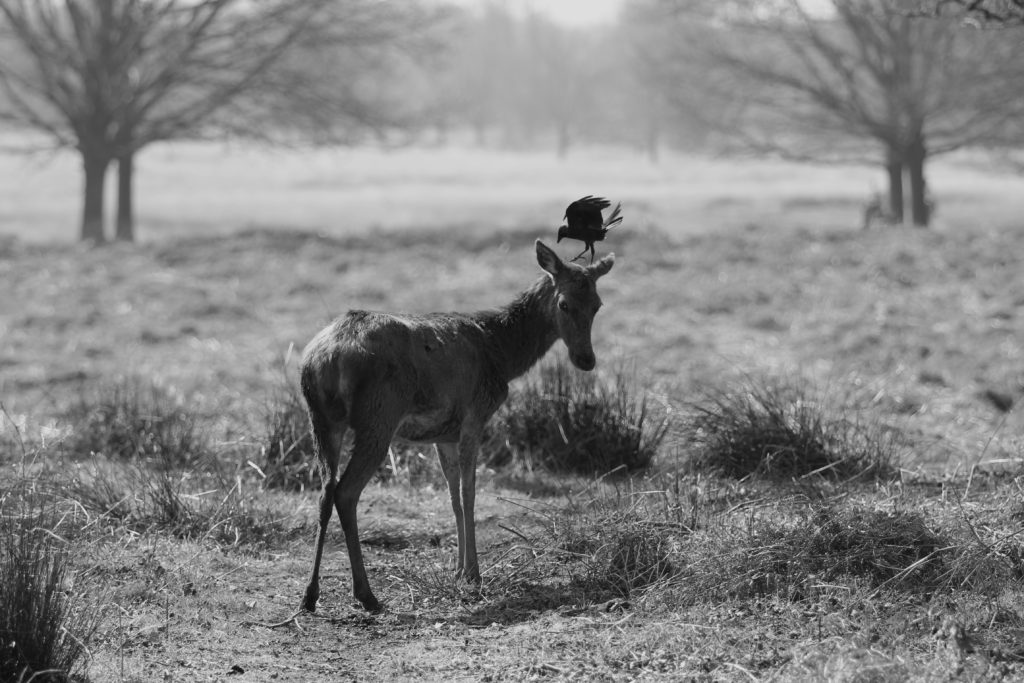
And I have learned that the same trust in spontaneity that I rely on in my photography is central to creativity in general. When I do Street Photography, I react instinctively with my camera, taking pictures of what feels right in the moment. In the same way, I have seen that the energy of Improvisation comes not from planning ahead before the start of an unscripted scene, but from reacting to whatever comes to your mind – spontaneously – in the moment of acting. The best Spoken Word pieces I wrote on my course came not from planning, but from writing without taking my pen off the paper, from an almost thoughtless and frantic flow of scribbling. What runs through all of these experiences is an emphasis on reflexive creativity, a creativity that is free, unconsidered and impulsive.
Another crucial overlap is the art of composition. As one of my favourite challenges when taking photographs, I have come to appreciate how important compositional form is to other creative disciplines. A song’s strength, I have learnt, comes partly from its shape and its structure, how it is built and put together by the songwriter. A story’s appeal owes as much to the pattern of the yarn’s stitch as to the way it is spun. And I have come to know, from the first minutes of my Portrait Painting classes, that the shape of a face, while unique and beautiful, can be measured and shaped, that its form can be felt like the outlines of a sculpture.
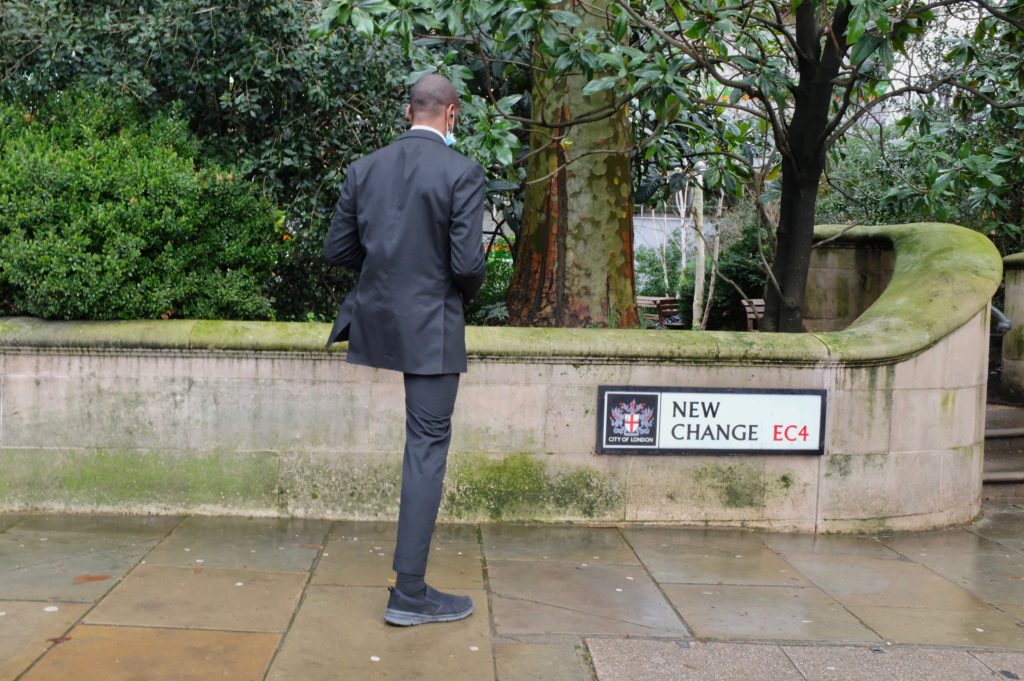
Finally, what runs through all the art forms I have practiced is a thread of self-expression. Just as taking a picture is an attempt to communicate through a visual language, I learned that writing a song – its music and lyrics – is a way to speak, to convey a message. I was encouraged to put my personality into my Spoken Word pieces and performances, to find ‘my funny’ in Improvisation, to tell stories that allow others to get to know me, and to keep in mind that every portrait we paint of others is also a self-portrait. Our voice connects everything we create and, with the help of City Academy’s courses, I’m starting to find mine, to hear it, and to put it into my work.
Richard Morgan is an award-winning street and social documentary photographer. He has worked on numerous commissioned projects, residencies, and scholarships across Poland, Russia, Italy, China, USA, and the UK. Richard left Poland to work on two major commissions for The Independent, the first documenting everyday life on the streets of Kaliningrad during the 2018 FIFA World Cup in Russia, the second a six-month exploration of the contrasts of modern Britain on the eve of Brexit. Richard’s work has appeared in exhibitions in London, Venice, and Poznan, and published in The Independent, The Guardian, The Telegraph, TimeOut, BBC Russian, and Daily Mail.
For more information on Photography Courses and the courses Richard has mentioned, click here.




